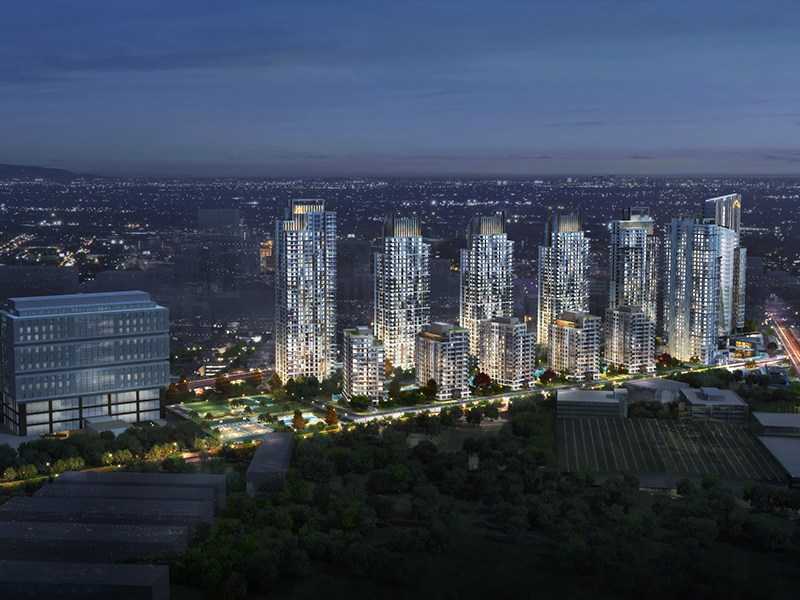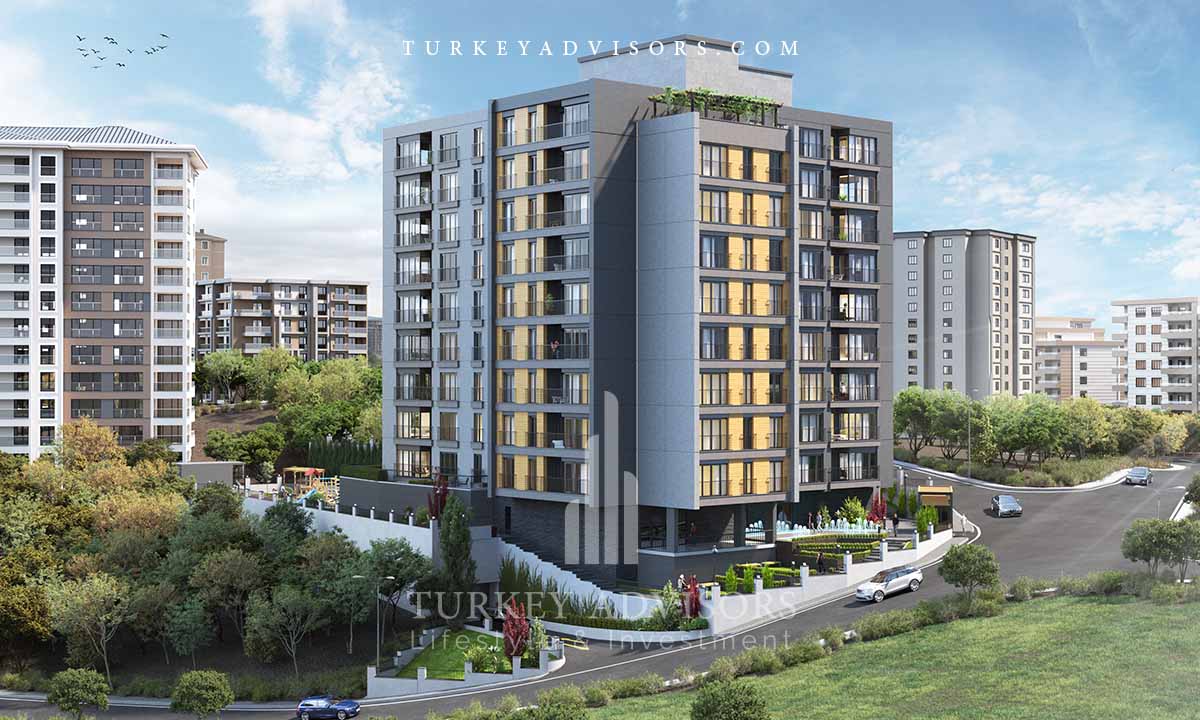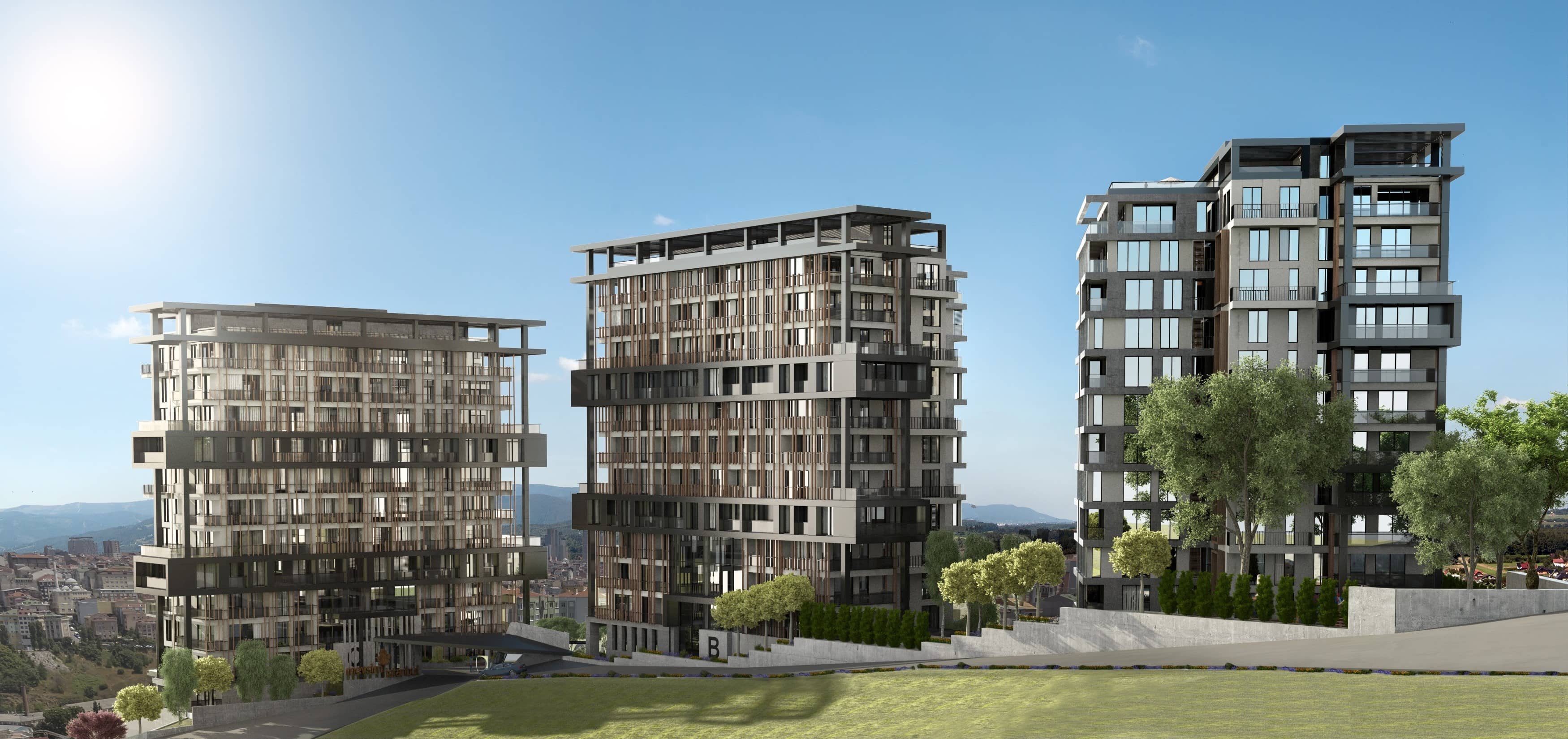Design tips for outdoor areas and gardens
Design tips for outdoor areas and gardens

Creating harmony within your home is essential for psychological well-being. Your outdoor living area and garden design must complement your home's architectural style. Think about even the slightest things, including the furniture, the containers, the surface, and the plant colors. Styles and materials need to blend and complement one another.
If you are furnishing your garden or redesigning your outdoor area here are some tips that might come in handy for you.
- Maintain the theme and go with the flow
Work on maintaining a consistent theme throughout and avoid using too many different styles to fit and match. Consider how your choices will integrate with the other elements of your outdoor settings. The flow between the interior and the outdoors is extremely important, whether the change you are working on is as dramatic as opening the side of your home with floor-to-ceiling glass doors or as simple as a private entry to your garden. The secret is to design the flow of traffic so that visitors may go inside and outside with ease. For the purpose of properly sizing your outside area, you should first make a list of the outdoor furniture items together with their measurements.
- Study your home site and characteristics
The outdoors presents the largest problem when creating an outdoor area, but it's also the most evident one. The natural surroundings of your area will be exposed to you and the furnishings you pick. Therefore it is important to examine and understand the soil characteristics, sun, and shadow at your site. Find out where the hot, sunny areas are as well as where the soil is dry or wet. Consider adding compost, materials to help the soil drain better, or altering the pH as necessary to improve the soil. Before planting anything in the garden, make sure the grading is finished. Moreover, Create a protected sanctuary where visitors may seek cover from the elements. Awnings, umbrellas, gazebos, and pergolas are all contemporary options to provide intimacy while shielding your outside guests from glaring sunshine and light rain. Consider carefully where walkways will be needed or desired. Your garden should ideally be a tranquil haven you can stroll around to really appreciate it.
- Create a view as well as the privacy
Well, views are what matter most. Make some if you don't already have any. If you don't have views, you may still generate them by using a feeling of depth in your design or by creating a little mountain landscape with a dry streambed, mossy rocks, and tiny plants.
If there are no barriers or draperies to keep the neighbors away, your outdoor area is open to the weather and to them. If privacy or noise levels are a concern for your neighborhood, build a fence or use high landscaping to separate you from the neighbors. One way to keep your design cohesive is to install a precast concrete fence or screening wall with a lovely stone or brick pattern that matches your patio.
- Work on the details
Nothing in your outdoor environment fosters closeness like a raging fire. Installing a fire source will make your outdoor area more social, act as a focal point, and of course offer heat, allowing you to enjoy it year-round. Consider a full-size custom-built fireplace if you have the capacity and money to do so; otherwise, look at smaller, portable fire pit choices, which offer flexibility and cost.


 Istanbul
Istanbul
 Installment
Installment
 Selling
Selling





